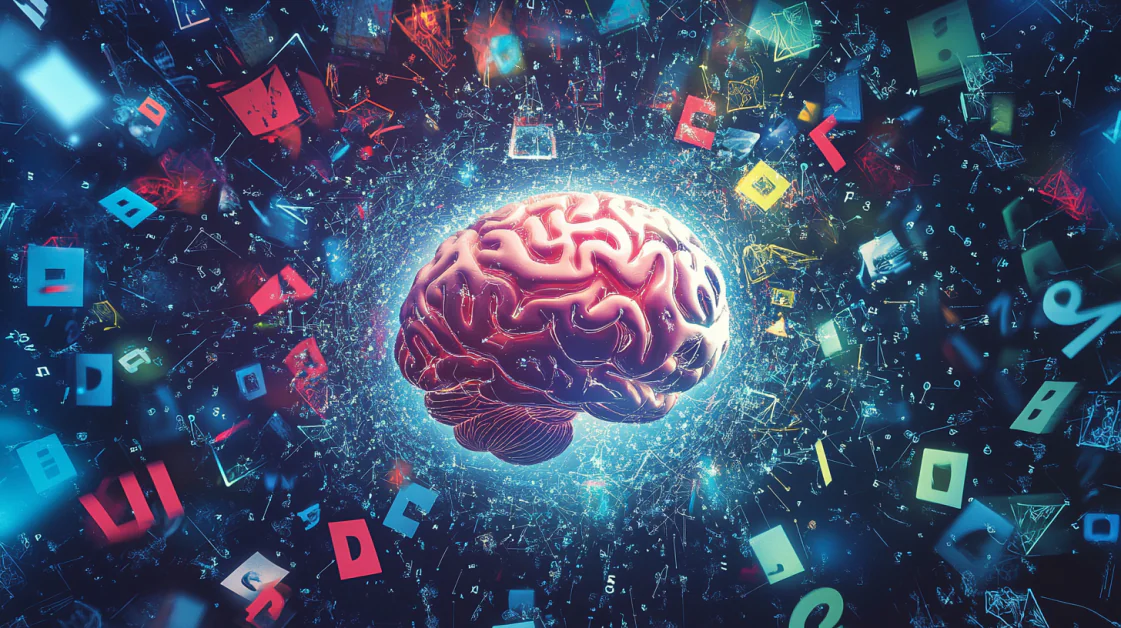AGI artificial intelligence examples are popping up more frequently as researchers inch closer to building truly human-like AI. Artificial General Intelligence (AGI) sounds like the tech industry’s version of the Holy Grail. Everyone wants it, no one quite knows what it looks like, and the path to get there is filled with theories, algorithms, and a surprising number of ethical dilemmas. At the center of this quest? OpenAI whose efforts in OpenAI AGI development are setting the pace for innovation worldwide.
What Makes AGI Different from Narrow AI?
Let’s get one thing straight: Siri, Alexa, and your robot vacuum cleaner aren’t AGI. They’re examples of narrow AI, designed for specific tasks. AGI, on the other hand, aims to match and eventually surpass human cognitive abilities across a wide range of tasks. It’s like comparing a microwave to a full-on private chef who also moonlights as a philosopher.
Narrow AI: Can play chess like a champion but can’t tie its shoes.
AGI: Can play chess, tie its shoes, write poetry, and debate whether pineapple belongs on pizza without being specifically programmed to do so.
OpenAI AGI Development: Why It Matters
OpenAI isn’t just building smarter chatbots; it’s laying the foundation for AGI that can reason, learn, and adapt like humans. Their mission is ambitious: to ensure that AGI benefits all of humanity. So basically, they’re trying to make sure we don’t accidentally invent a superintelligent overlord with a sarcasm problem.
Their strategy includes:
- Training massive neural networks with diverse data
- Aligning models with human values
- Collaborating with global experts on safety
- Creating gradual rollouts to avoid chaos
Real-World AGI Artificial Intelligence Examples (or Close Enough)
Let’s clarify: we’re not quite at AGI yet. But some AI systems are showing traits that resemble it. Here are a few juicy examples:
1. GPT-4 and Beyond (OpenAI)
Why it matters: GPT-4 is a huge leap toward AGI. It can summarize, translate, code, joke, write novels, and even give relationship advice (though maybe don’t rely on it for that last one).
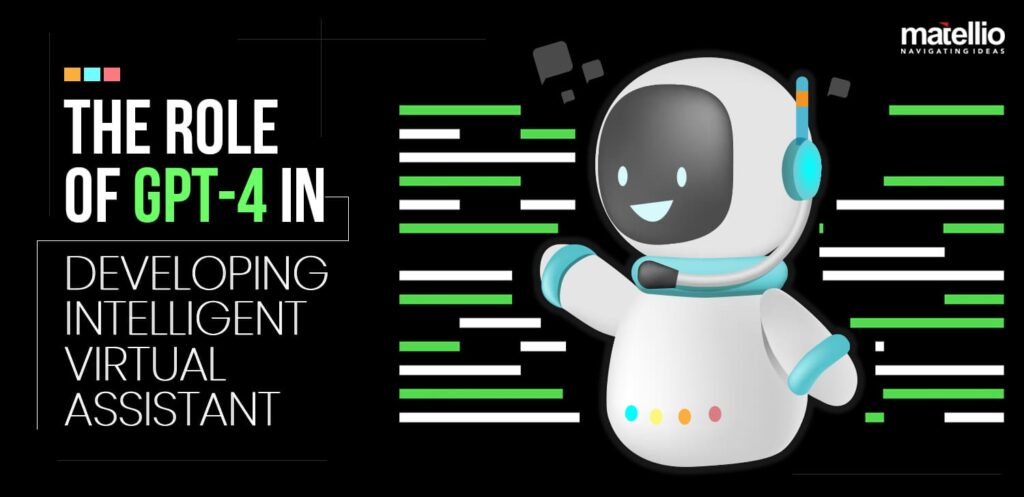
2. DeepMind’s Gato
Why it matters: Gato can perform hundreds of tasks across vision, language, and control. It’s one model to rule them all, sort of like if your dog could suddenly drive, do taxes, and speak French.
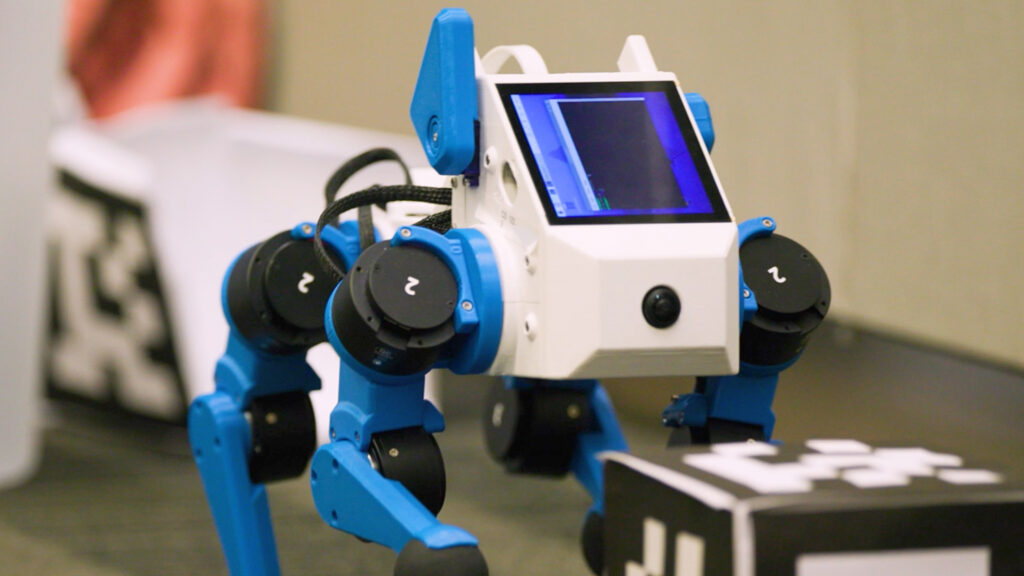
3. Tesla’s Full Self-Driving (FSD)
Why it matters: Tesla’s FSD is an example of an evolving system attempting to learn from diverse real-world data to drive autonomously, a critical AGI trait.
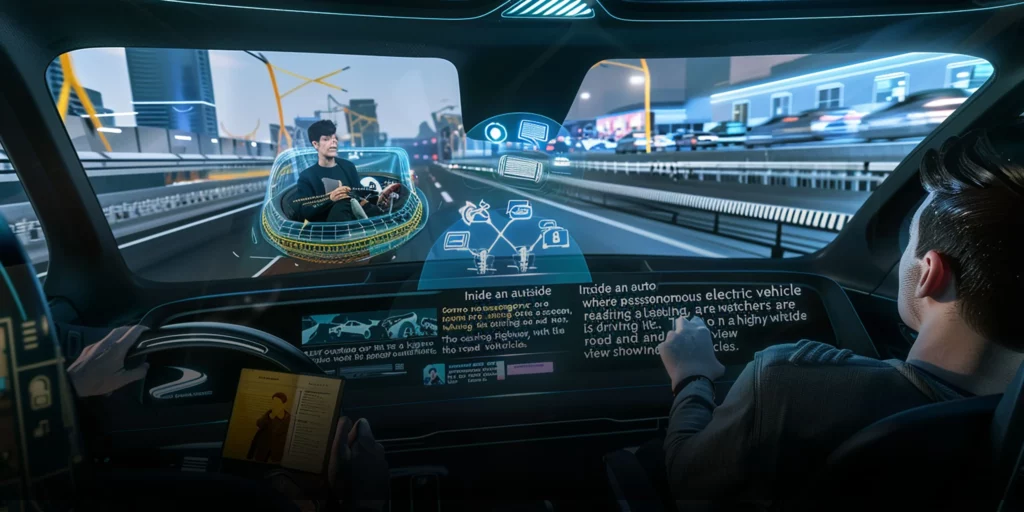
4. Google’s PaLM 2
Why it matters: This large language model showcases multilingual reasoning, complex logic, and conversational intelligence.
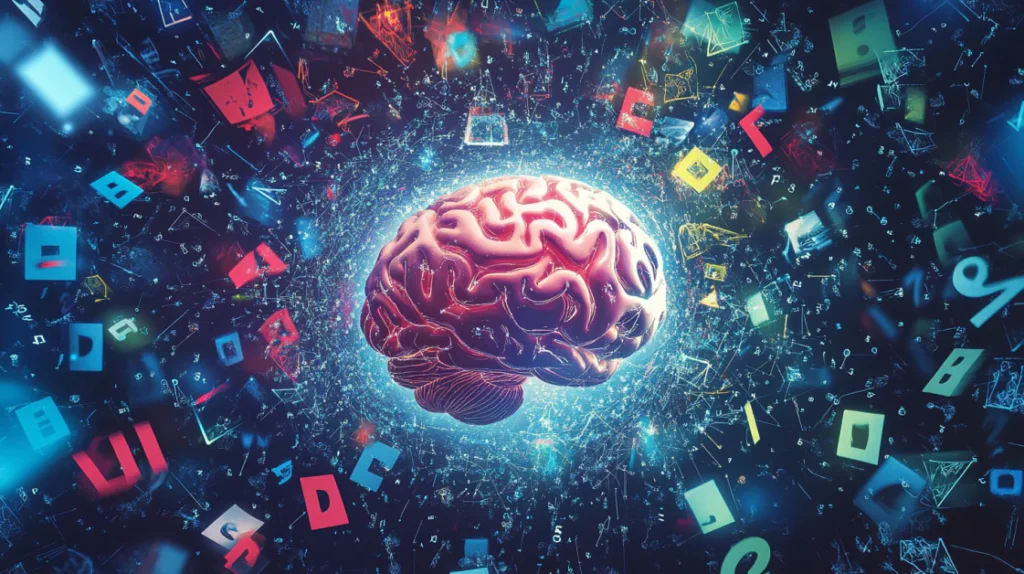
Challenges on the Road to AGI
The path to AGI is not all sunshine and neural networks. There are serious challenges:
- Ethical concerns: Should AGI have rights? Can it be biased? Should it babysit our kids?
- Control: How do we ensure AGI aligns with human intentions?
- Existential risks: Yeah, the doomsday kind. Think Skynet, but with better UX design.
The Future of OpenAI AGI Development
Looking ahead, OpenAI continues to spearhead efforts in creating beneficial AGI, constantly iterating on safety, scalability, and real-world integration. The journey is collaborative, filled with trials, breakthroughs, and unexpected turns.
Some predictions for what’s coming:
- Improved multimodal reasoning combining voice, vision, and action
- Personalized digital assistants that truly “understand” context
- AGI in science & medicine, helping with breakthroughs faster than human teams
- Global policy frameworks to manage AGI across borders
So, What’s Next?
We’re getting closer to AGI every day, and the examples we’re seeing now are just the tip of the intelligence iceberg. Whether AGI becomes humanity’s greatest invention or our most awkward roommate depends entirely on how we build and guide it.
Stay tuned or better yet, stay human.
Need a summary? Easy: AGI is coming, it’s not here yet, but OpenAI and others are racing to make it real, hopefully without blowing up the toaster.
Frequently Asked Questions (FAQ)
What is Artificial General Intelligence (AGI)?
AGI is a form of AI that can perform any intellectual task a human can do. Unlike narrow AI, which is limited to specific tasks, AGI aims for broad, adaptable intelligence.
Are we already using AGI?
Not quite. What we have now are advanced narrow AI systems. However, tools like GPT-4 and DeepMind’s Gato are inching closer to AGI capabilities.
What is OpenAI’s role in AGI development?
OpenAI is a leading organization in AGI research, focusing on building safe, human-aligned systems. Their work includes developing large language models, safety research, and global collaboration.
Is AGI dangerous?
It could be if not handled responsibly. That’s why organizations like OpenAI are working on alignment, safety, and gradual rollouts to minimize risks.
When will AGI be a reality?
There’s no exact timeline, but many experts believe we could see early forms of AGI within the next decade, depending on breakthroughs in research and computing power.
